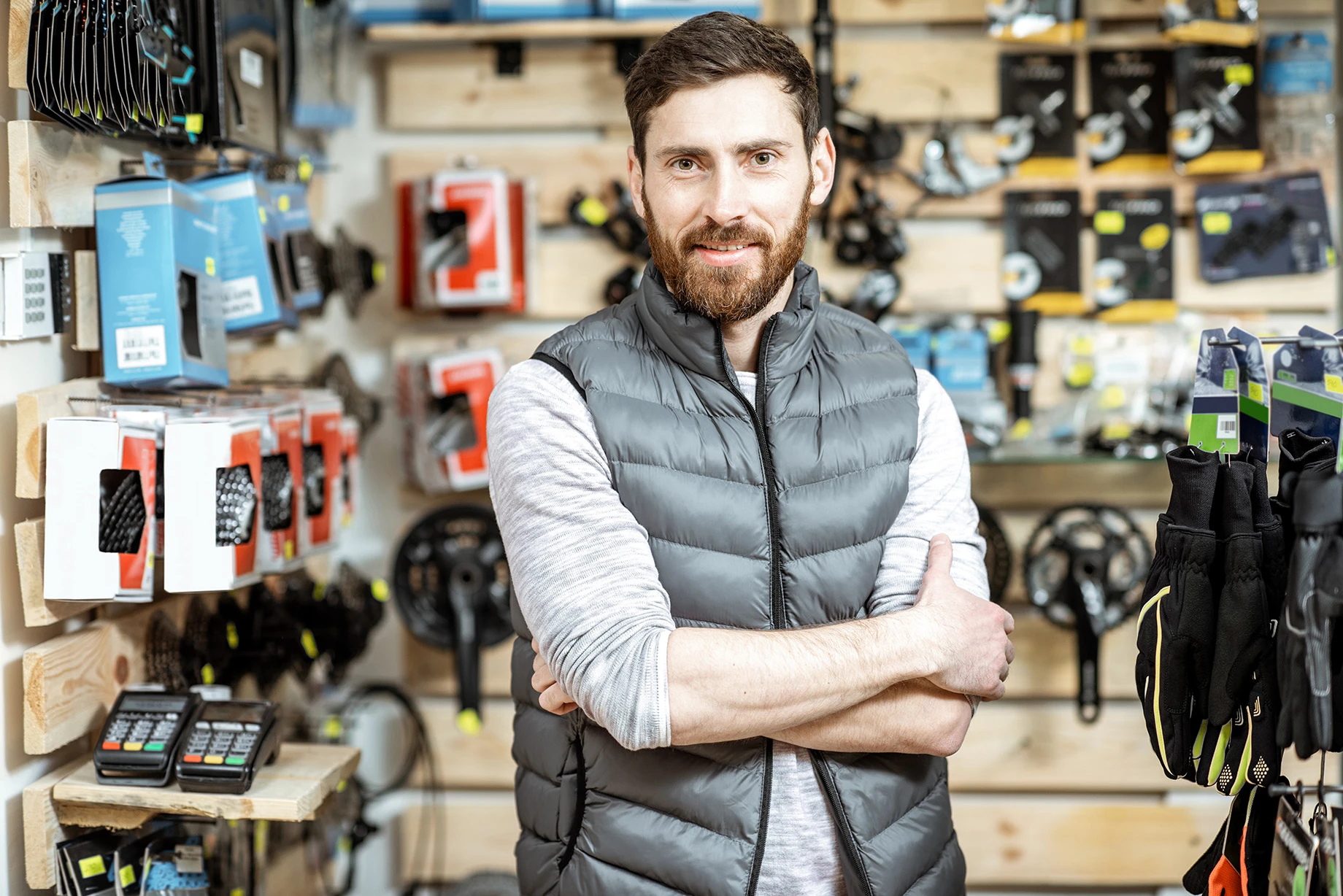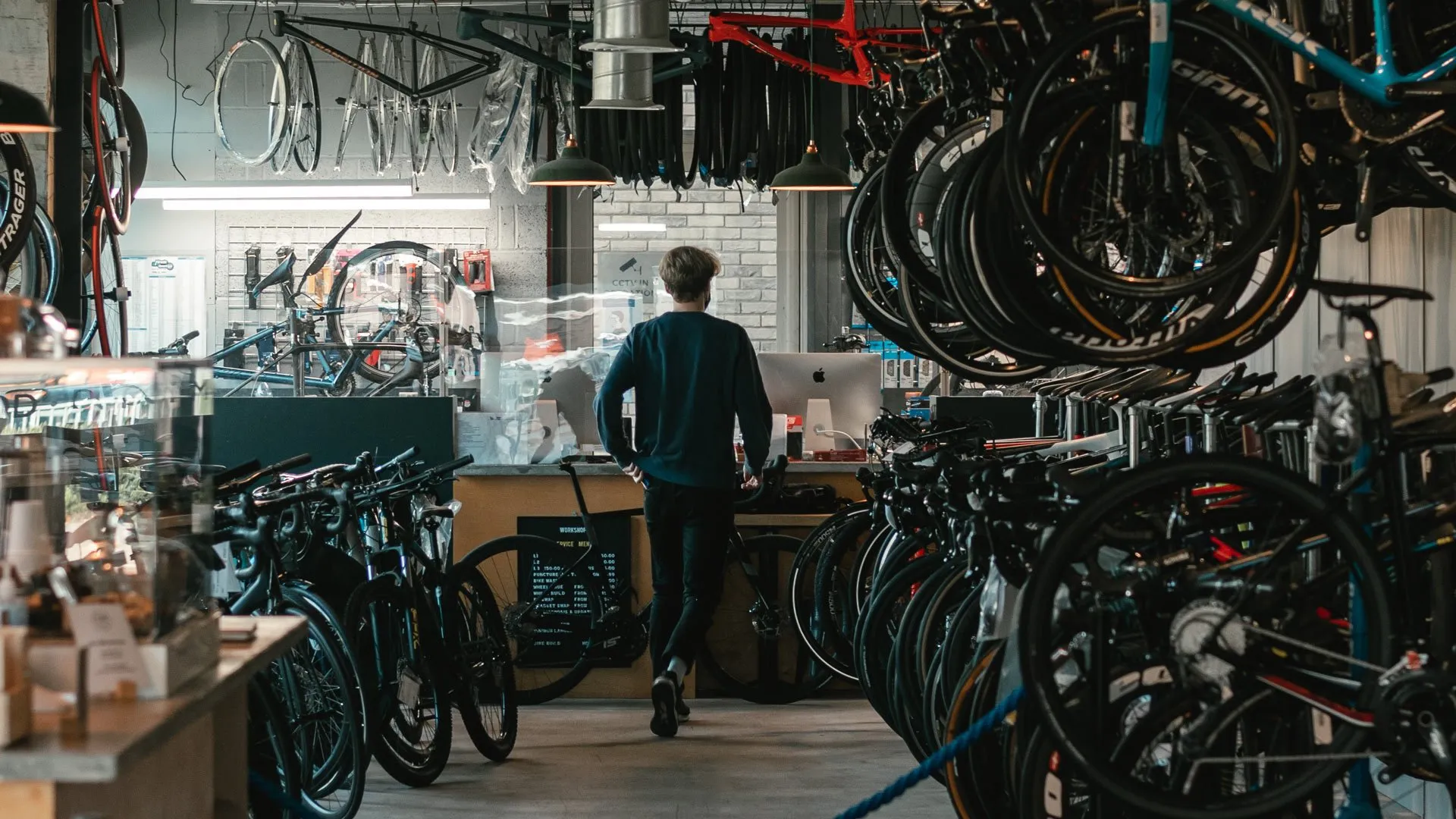None of us should count our sales chickens before they hatch, sure.
Still, when you look at your earnings for the day, you’d like to think everything that gets dispatched stays that way, and nothing comes back, right? But the threat of refunds and returns looms for every retailer. So how can we minimise these chances or even eliminate them? As you’re about to discover, the answer isn’t as complicated as you might think.
What are the most common reasons for refunds?
Before we get into the ‘how’, let’s look briefly at the ‘why’. As an IBD, you’ll no doubt be familiar with some if not all of these common reasons for refunds.
- Wrong product, wrong size
- The wrong product or size was shipped
- Damaged
- Product didn’t match the description
- Arrived too late
- Customer changed their mind
- Purchase was a gift that the recipient did not want or need
How to reduce and even avoid returns
The overarching rule is not to let your need for a sale mislead the customer. Total transparency helps sell the truth, and that’s what your customer wants. For example, there’s no point trying to offload a bulky big commuting frame to a petite female purchaser – it’s only going to end badly for all.
As is the case for so much in life, clear communication is the solution to reducing refunds. That starts with low-hanging fruit – product listings. BikeExchange knows a thing or two about what separates a fantastic product listing from something ho-hum. Getting this right helps them sell and helps sustain the sizzle and avoid customer disappointment.
1.0 An accurate product description
We all absorb information differently. Some of us like to hear it; others prefer to read it. Customer A might want all the techy details in the world, whereas Customer B might prefer to get the basic summary fast. The key here is to provide all the information in the best ways possible. This calls for a thorough and accurate product description.
🗸 Make sure you answer three fundamental questions:
- What is this product?
- Who would purchase it?
- Why would they purchase it?
Answering this holy trinity of ‘what/who/where’ is sure to share a lot of the critical selling information and give the buyer a solid idea of what to expect.
🗸 Use bullet points detailing the key features and specifications
🗸 Provide more detailed follow-through with tech information
🗸 Include reviews that share meaningful information and insights
🗸 Provide all this content in video format as well for those who like to look, listen & learn
🗸 Give your opinion and overview

2.0 Plenty of realistic, clear images
Aim for a combination of both in-studio and in-situ shots. The studio shots depict the product with a plain background, making it easier for the customer to focus only on the item and not get distracted. In-situ images (e.g. a helmet on someone’s head) help show the product in context and explain its ‘story’ – you’re not going to see a commuter bike barrelling down a savage hill or a time trial slicing its way down an inner-city cycling path. Subconsciously the customer sees the product in context and therefore better understands its place in the world. Moreover, use comparative objects that might help give the customer a better understanding of size and scale. Let’s return to that earlier female commuter frame example; aim to include a shot of the bike alongside a woman so that it’s clear this is more of a spacious commuter than a zippy compact one.
3.0 Excellent sizing information
You can never be too detailed when it comes to sizing information. Opt for easy-to-understand charts and provide equivalents (e.g. provide a cycling jersey table that captures XS, S, M, L alongside the Australian, European and North American size versions). Detail measurements ideally in cm as well as inches. Using the example of the jersey, you want to include the bust and waist circumference and the sleeve length and perhaps even sleeve circumference.
4.0 Easy-to-see and use contact us details
Make your team available to help – provide an easy-to-see email and phone number so the customer can contact you to chat through any questions and be very sure they’ve understood all the details.
5.0 Robust email notification process
Remind the customer of what they have just purchased. Your purchase receipt email should capture key product details, so the buyer is reminded a second time of exactly what they’ve just bought. If they’re going to realise they’ve made an error, best they do it now before dispatch rather than once your team has fulfilled the order and sent it off to shipping.
6.0 Check the item before dispatch
Ensure a robust checking process before dispatch. Double confirm you’re shipping the right product and that it is in perfect condition and working order before it leaves the store.
7.0 Ensure your stock levels are up to date
Finally, and arguably the most important tip, is ensuring that your stock levels are accurate and up to date. There’s nothing more frustrating as a buyer, and as a seller to have worked hard to convert a sale, only to find out that the bike, or item you’ve “sold” is out of stock or has been set aside for another customer. Stock takes, manual inventory checks on hot items, and software integrations are a few simple yet effective ways you can ensure you don’t hamstring your online sales by promoting out of stock items.
Can our seller success team help reduce your refunds?
Here at BikeExchange, our seller success team is committed to helping you make sales and, well, keep them! We don’t want to see those products coming back any more than you do. Over the years, we’ve learned a thing or two about how to reduce the chances of a refund. Sure, we’ve shared some fantastic tips here with you today, but we surely have more for your specific shop. Why not contact us today, and let’s chat through some ideas tailored to you. Let’s not only reduce refunds but make them redundant!



